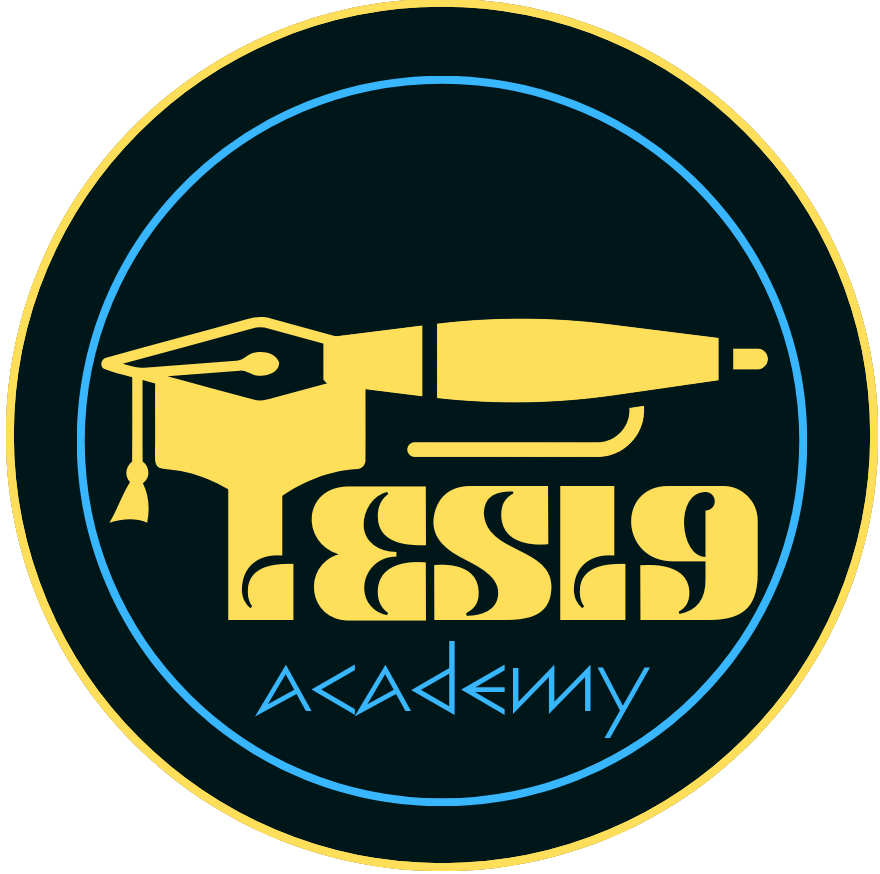- Frame of Reference
- Relative Motion
- Position and Relative Position
- Relative Velocity
- Relative Acceleration
- Relative Motion in straight line
- Relative motion of a projectile
- Relative motion: Lift Problems
- Relative Motion: Train Problems
- Relative Motion: River Problem
- Relative Motion: Rain Problem
In class 11 physics, the concept of relative motion is a fundamental one. It deals with the motion of an object in relation to another object or observer. Here’s a basic overview:
- Frame of Reference: Relative motion is always described with respect to a frame of reference. A frame of reference is a coordinate system in which the position and motion of an object can be described. It can be stationary or moving.
- Relative Velocity: Relative velocity is the velocity of one object as observed from another object. It’s the rate of change of position of one object in relation to the other. For example, if you’re in a car moving at 50 km/h and another car passes you at 60 km/h, the relative velocity of the passing car with respect to you is 60 km/h – 50 km/h = 10 km/h.
- Relative Acceleration: Just as there is relative velocity, there can also be relative acceleration. This is the rate of change of relative velocity between two objects. It could occur due to changes in the velocity of one or both of the objects.
- Applications: Relative motion is important in various fields including mechanics, astronomy, and engineering. For instance, understanding the relative motion of planets helps in predicting their positions in the sky.
Understanding relative motion is crucial as it helps us describe and analyze the motion of objects in various scenarios, whether they’re stationary, moving at constant velocity, or accelerating.
